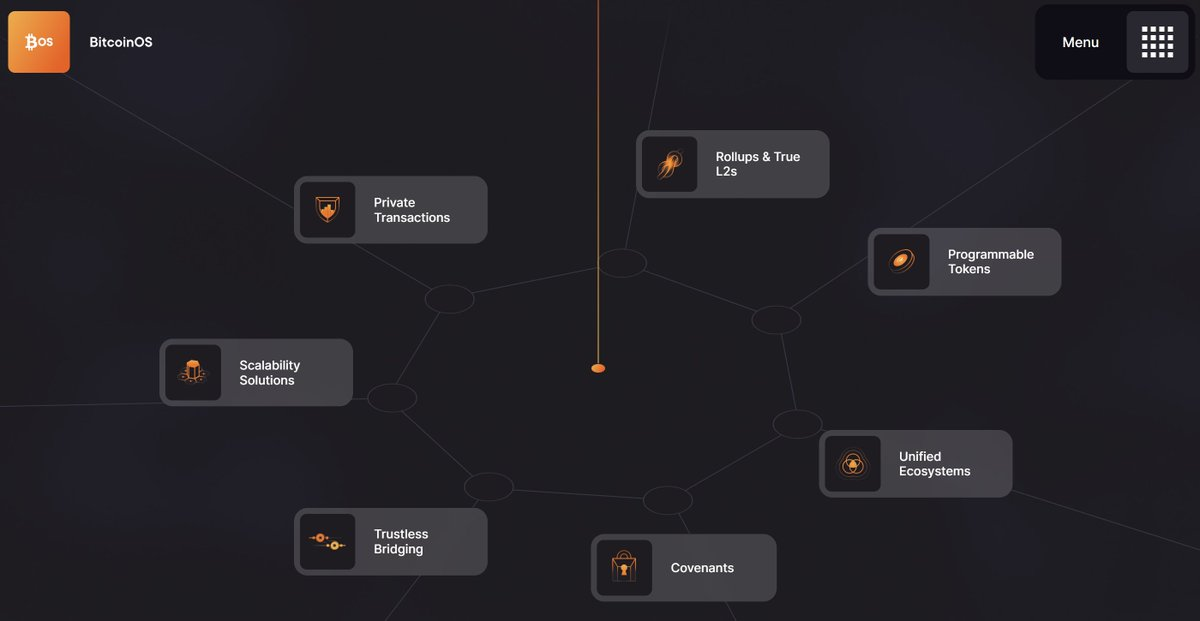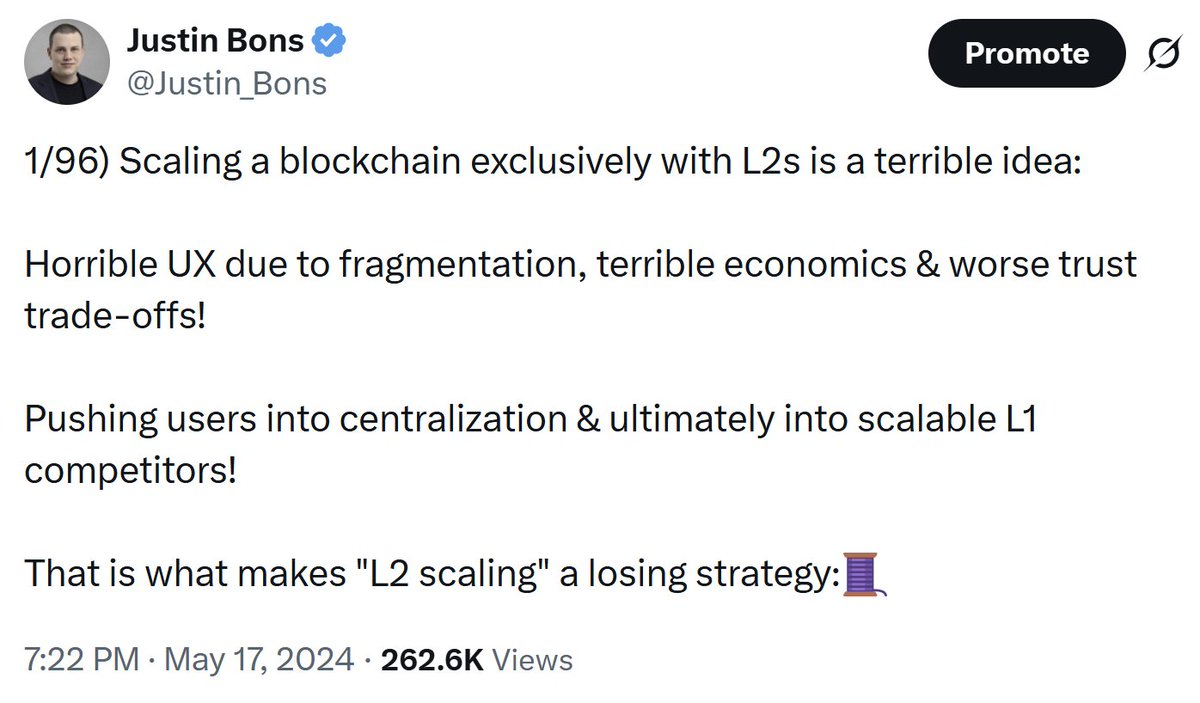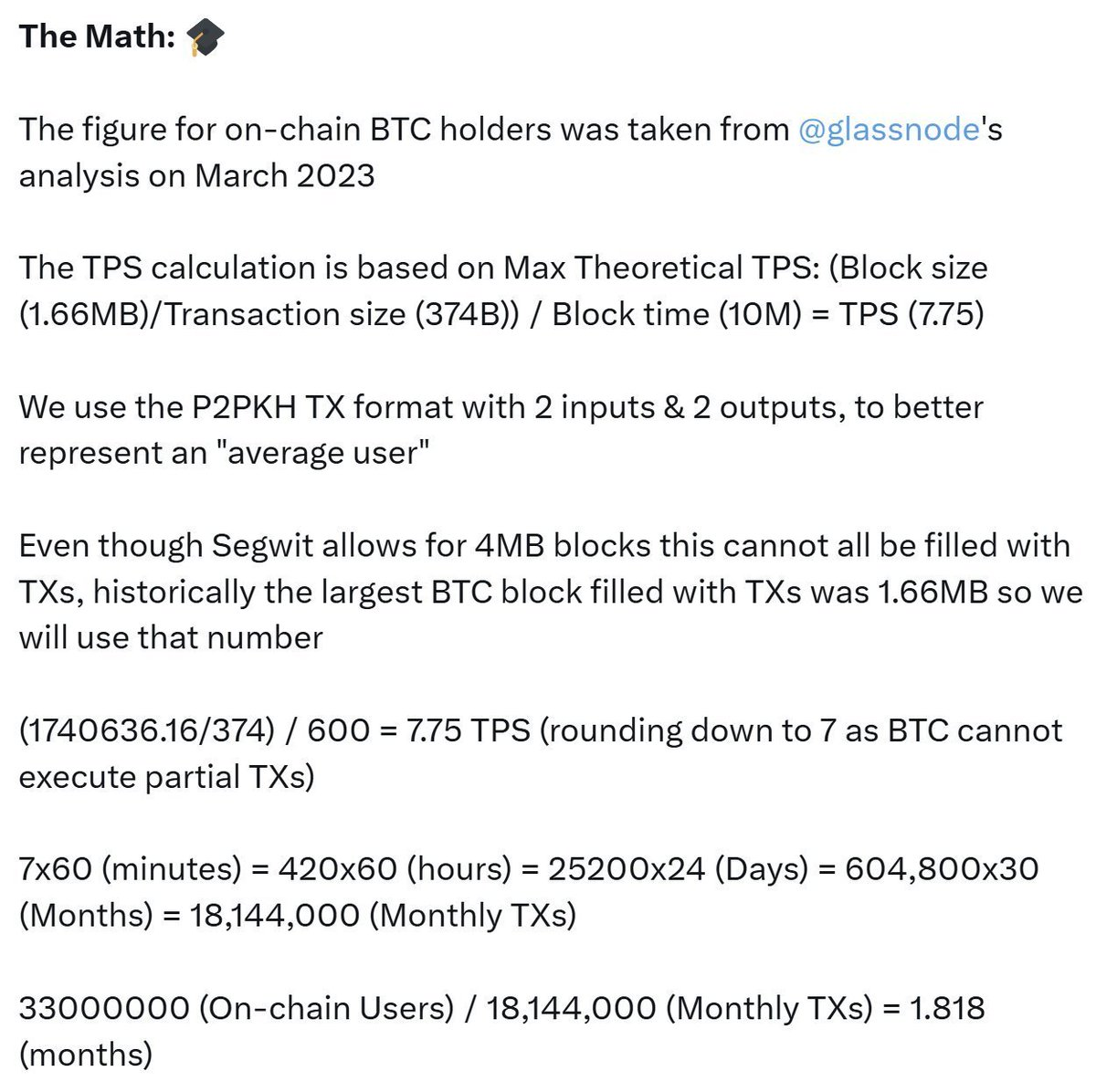Viewpoint: "Bitcoin DeFi" is just nonsense and investment trap under the limitations of technology

Reprinted from panewslab
04/24/2025·16D
Original text: Justin Bons , founder of Cyber Capital
Compiled by: Yuliya, PANews
The so-called "Bitcoin DeFi" actually does not exist at all. Whether it is BitVM, BitcoinOS, Rootstock or Soveryn, these projects are either extremely centralized or completely unrealistic. After a deep study, the truth is shocking, and much of the publicity of these projects can be almost called fraud.
The root cause of Bitcoin’s failure to support DeFi
The reason why Bitcoin cannot implement true DeFi is because it lacks Turing-complete VMs. In short, it cannot support complex smart contracts like Ethereum or Solana. This means that no matter how the project party promotes, Bitcoin does not have the core capabilities required for DeFi.
DeFi's "De" stands for "decentralization". At present, all projects known as "Bitcoin DeFi" are essentially centralized. This behavior has misled users and caused investors to lose hundreds of millions of dollars.
BitVM
BitVM claims to implement smart contracts on Bitcoin through "optimistic two-party computing", similar to how many Ethereum Layer 2 networks (ETH L2) operate, involving a "proverb" and a "verifier". However, unlike most centralized ETH L2, BitVM is more centralized because its "verifier" is also licensed.
In most ETH L2s, such as Optimism, users can submit fraud proofs even if the centralized "proverb" tries to cheat. BitVM is different, it has only one licensed "verifier", which essentially forms a highly centralized system.
In fact, BitVM relies on two computers run by trusted parties selected by a single authority, which is almost the most centralized form. Although BitVM2 plans to delicens the "verifier" as a delicensing, this is only possible after the initial setup, and the initial configuration still requires a set of licensed participants and requires a "1-of-n Honesty Assumption". The reality of the current deployment makes these future commitments seem irrelevant.
Furthermore, the BitVM system is extremely inefficient, because Bitcoin (BTC) does not have a Turing-complete programming language, but in theory any function can be achieved with a simple switch. BitVM attempts to do this by concatenating opcodes together and publishing them into taproot transactions in dispute situations, using Boolean Logic to combine opcodes into logic gates. However, this approach appears to be too complex and inefficient.
However, this solution is extremely impractical because it is inefficient in several orders of magnitude and requires very powerful computer processing, resulting in significant centralized pressures, even if both computers are license-free. This also severely limits system capacity, as the equivalent processing of Turing complete virtual machines requires only a small amount of resources, making BitVM difficult to scale in comparison. Even ignoring BTC itself lacks the ability to support large-scale BitVMs, it still explains why BitVM adopts an optimistic model, because the processing volume required is too large, which makes its current and future situation worrying.
Rootstock
Rootstock is a side chain connected to BTC, focusing on smart contract functions. But it relies on a "permitted federation" to maintain two-way anchoring, which means that the consortium can review or even steal user assets.
Although Rootstock is essentially the same as a bank and goes against the original intention of Bitcoin decentralization, Rootstock at least admitted its centralized characteristics in the project introduction, at least in its attitude.
Sovryn
Sovryn is actually a smart contract and anchor mechanism built on Rootstock, so it is also highly centralized.
However, it claims on its official website that it is "decentralized" and provides "bitcoin native transactions", which is obviously misleading. What is even more vigilant is that the team behind Sovryn is also involved in the next project BitcoinOS.

BitcoinOS
BitcoinOS is the most exaggerated of these projects at present. It claims to solve all the problems that Ethereum has not solved: privacy, cross-chain, trustless bridging, and even "real Rollup" and so on.
But the fact is that its white paper has a serious lack of information, completely avoiding the key "off-chain execution" part of project design, which is the core of introducing trust risks.

BitcoinOS still uses a "proverb-verifier" structure similar to BitVM, and the documentation does not mention at all how to implement decentralization of verifiers. This "deliberate omission" is extremely deceptive, implying that its verifiers are still centralized to control.
Additionally, the project claims to support Rollup, which is “more advanced than Ethereum”, but technically fails to achieve this at all. Bitcoin lacks Turing completeness, which means that the execution, sorting and verification of L2 must be carried out all off-chain. This inevitably requires a centralized sequencer or consortium to intervene, thus exposing more centralized risks.
What's even more ridiculous is that every six blocks of BitcoinOS's Rollup system need to submit a 400KB state proof on the main chain, accounting for 10% of the Bitcoin block capacity. This makes Bitcoin OS an extremely slow and expensive data availability solution that is difficult to compete with other solutions, and also makes DeFi on BTC not only completely centralized and insecure. However, these details are not mentioned in the official documentation, which is shocking.
The so-called "L2 extension" is actually an illusion
Many Bitcoin (BTC) "DeFi" projects are currently extended based on the narrative of "L2 scaling". Broadly speaking, L2/modular "extensions" attempt to extend its functionality and performance by building additional levels above the base layer (L1).
However, this approach has almost never been successful in practice. Pushing transaction traffic to another competition chain does not really expand the capacity of the original chain, but instead provides a declining omen for the actual use of the original chain, because this practice provides some excuse for "never need to expand L1".
What’s worse is that this approach often completely distorts the incentive mechanism of the original chain leadership through the corrosive impact of L2 tokens and equity. Take Ethereum as an example. It has dominated the DeFi field for a long time, but is currently surpassed by Solana in terms of "real usage". This is not accidental, but the structural consequences of the L2 narrative.

BTC's L2 expansion plan may make large-scale self-hosting unrealistic. If a user wants to control his private key, he still needs to conduct multiple on-chain transactions to access L2. However, the current capacity on the chain cannot support such a large scale operation.
For example, if all coin holders now want to move their coins, the transaction queue will be more than two months; if everyone in the world only trades once, the queue will be more than twenty years. This means that self-custody is almost impossible, and Volkswagen will have to access through custodial service providers, which completely violates the original meaning of Bitcoin.

Why Bitcoin won't change
Many people still have fantasies about Bitcoin’s potential adaptation to DeFi capabilities in the future, but in-depth political and economic analysis shows that this transformation is almost impossible.
The governance mechanism of the Bitcoin community is extremely closed, and the Bitcoin Core team can unilaterally prevent any protocol upgrades. For example, even a milder opcode recovery proposal like OP_CAT has been blocked for a long time; let alone the introduction of "subversive" proposals such as Turing complete virtual machines. Therefore, it is simply unrealistic to expect Bitcoin to adapt to DeFi.

This is a "scam cycle"
Projects surrounding Bitcoin DeFi have actually formed a "scam loop": Every few years, a new wave of projects in the market claiming to "implement DeFi on Bitcoin" will often raise hundreds of millions of dollars from investors. However, they will soon disappear due to technical bottlenecks, model vulnerabilities and other problems. A few years later, new projects made a comeback, targeting a group of new investors who don’t understand history.
Most of these projects have taken advantage of people's fantasy about "Bitcoin can play DeFi, too", but the reality is that there are few major technological changes in the Bitcoin protocol over the past decade. With so much money and resources invested, DeFi is still not able to be realized, and it is hard to believe that it can be "suddenly implemented" with the same code today.
Bitcoin DeFi is just a fantasy
Of all the projects under investigation, Soveryn and BitcoinOS are the most controversial. Their publicity is extremely exaggerated, but completely covers up the huge trade-offs and flaws of the projects. Rootstock, although still a centralized solution, at least admits this. BitVM has a little highlight in innovation, but it still cannot get rid of its efficiency and structure limitations.
What is even more ironic is that after in-depth research on the L2 project of the BTC ecosystem, people will appreciate the transparency and self-critical spirit of Ethereum L2 more. The Ethereum ecosystem even has a special "L2Beat" project to track the risks and health of each L2, while Bitcoin L2 has almost no similar disclosure mechanism.
Ultimately, the so-called "Bitcoin DeFi" does not exist. It has neither native support capabilities nor real paths to land. It is completely a collective fantasy, driven by greed, delusion and ignorance, just like the myth that Bitcoin itself once brought. We don't need to continue to tolerate Bitcoin's mediocrity and stagnation. There is a real DeFi economy on the chain that generates billions of dollars in revenue each year - rather than indulging in fantasy, support the real crypto revolution.



 jinse
jinse